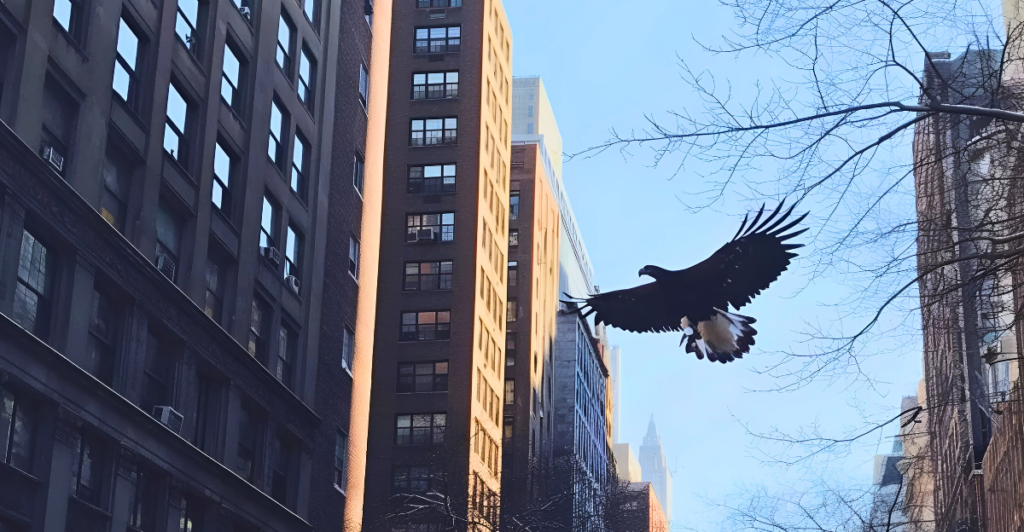
Urban areas are often viewed as concrete jungles, but many wildlife species have adapted to thrive in these environments. Here are some of the most unusual urban wildlife species found in America’s largest cities, showcasing their resilience and adaptability.
Urban Wildlife
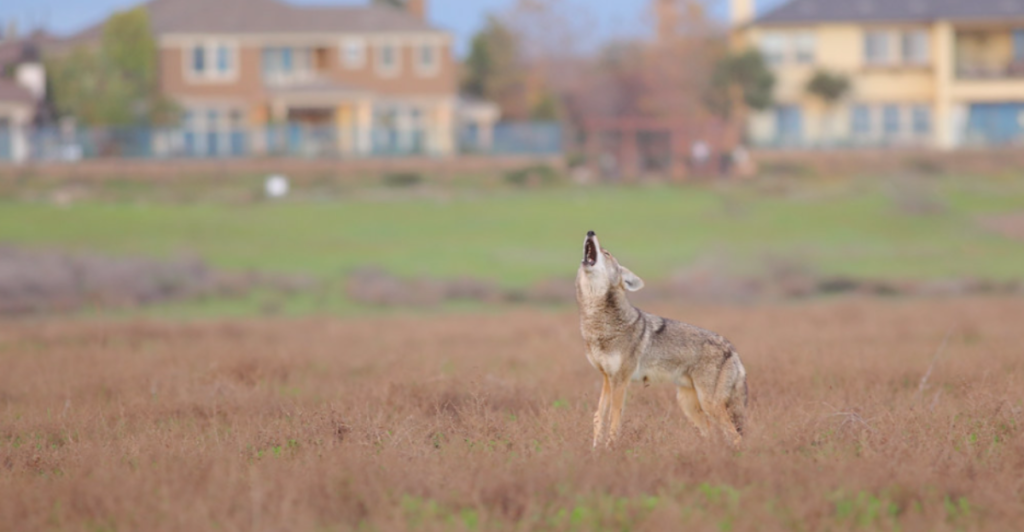
Urban wildlife showcases the resilience of nature amidst human development. By adapting to new environments, these species remind us of the importance of biodiversity, even in our busiest cities. Recognizing and protecting these animals can enhance our urban ecosystems for future generations.
Coyotes
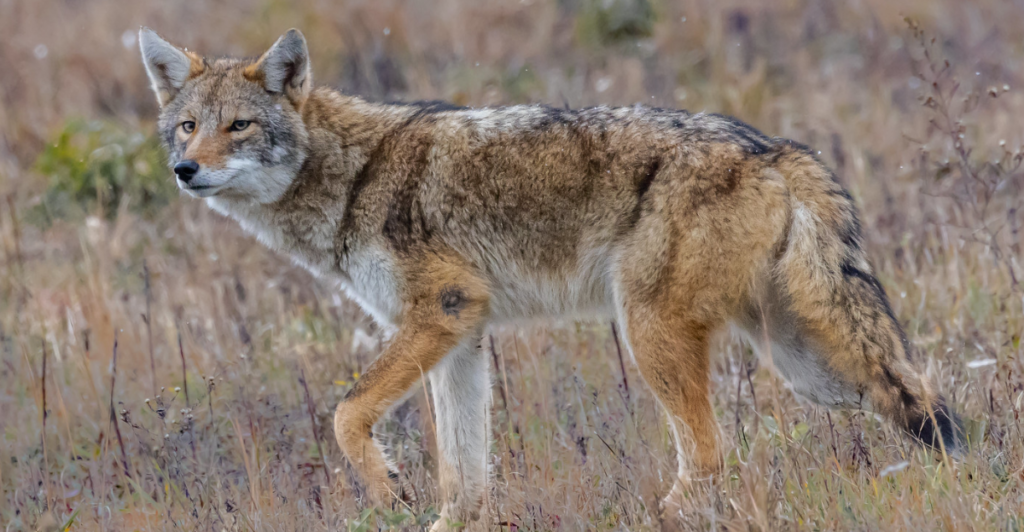
Coyotes have become a common sight in cities like Chicago and Los Angeles. They adapt well to urban life, finding food in trash and parks. Their ability to navigate traffic and urban landscapes has allowed them to flourish where they once avoided human presence.
Bobcats
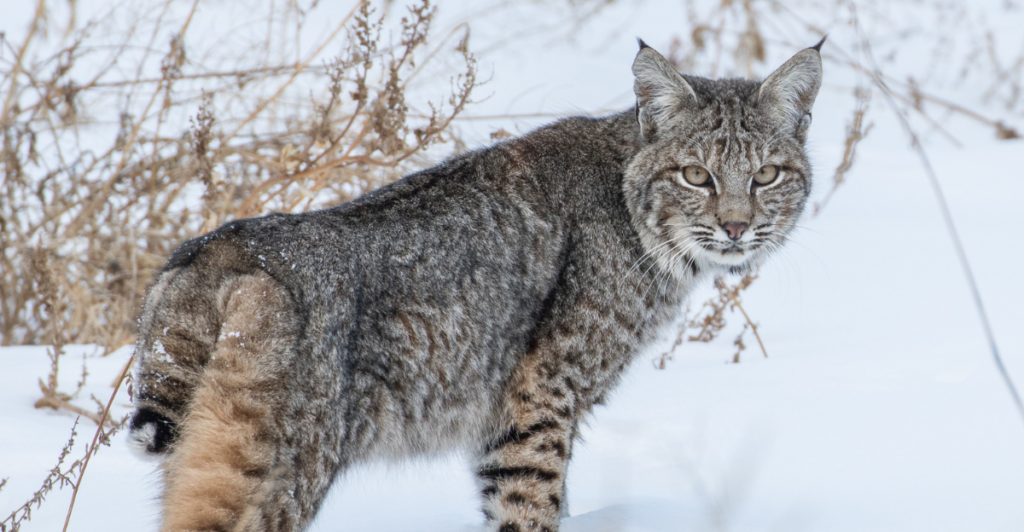
Once rare in urban settings, bobcats are now spotted in cities from Dallas to Des Moines. These elusive cats have adapted to suburban habitats, often hunting small mammals and birds. Their stealthy nature helps them thrive amidst human activity.
Raccoons
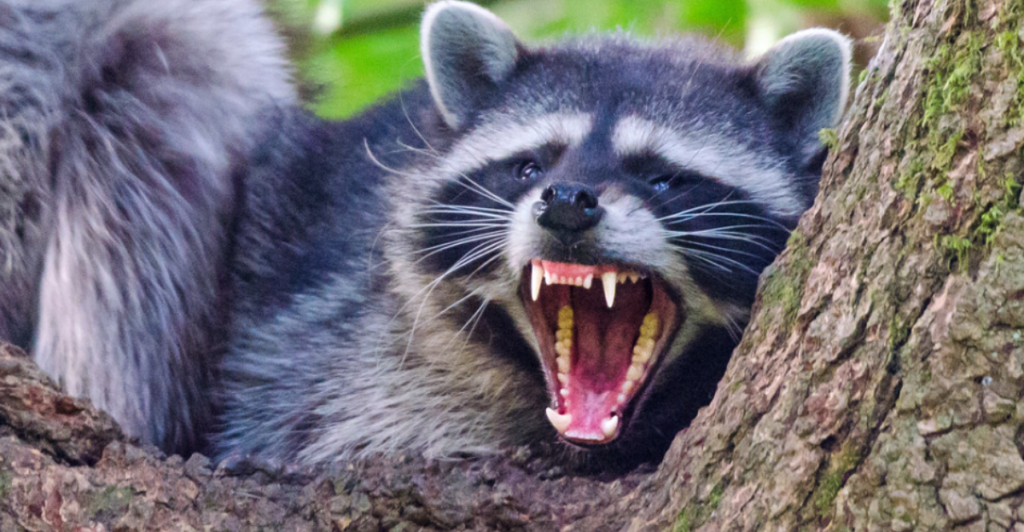
Raccoons are notorious for raiding garbage cans in cities across the U.S. Their dexterous paws allow them to open containers, making them successful scavengers. Urban areas provide ample food sources, contributing to their growing populations.
Red-tailed Hawks
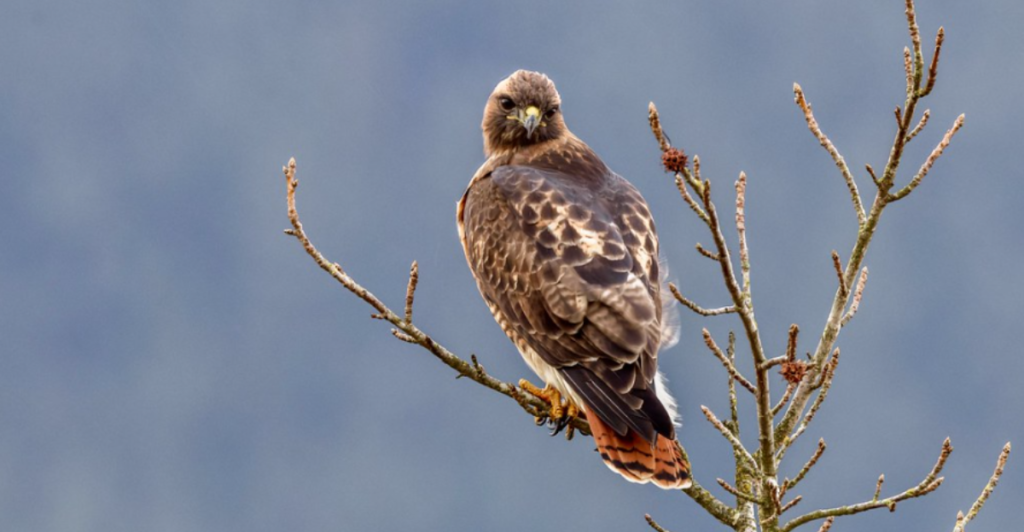
Red-tailed hawks have adapted to urban environments by nesting on tall buildings and hunting pigeons. These raptors are now commonly seen soaring over city parks, demonstrating their ability to thrive alongside humans.
Opossums
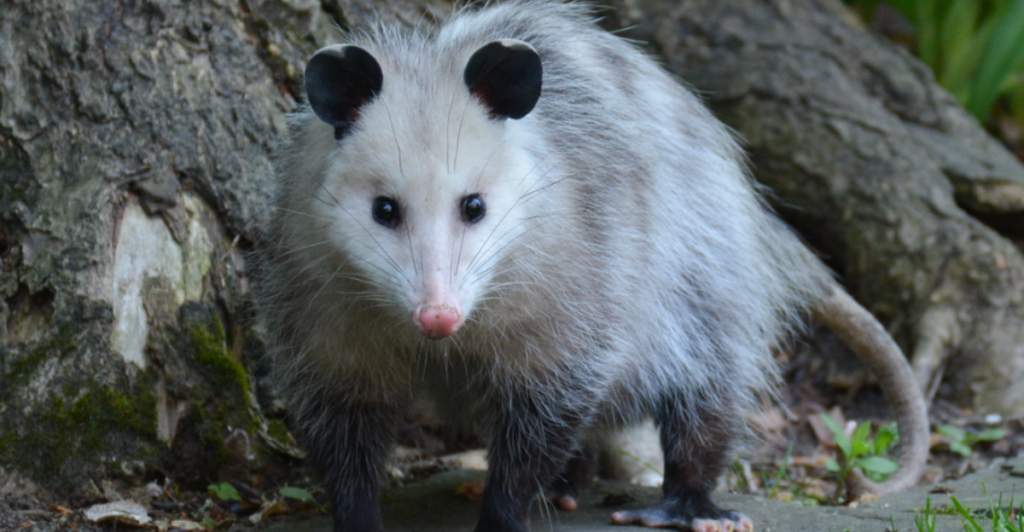
Opossums are often overlooked but play a crucial role in urban ecosystems. They help control pests by eating insects and ticks. Their ability to adapt to various habitats makes them successful urban dwellers.
Stray Cats
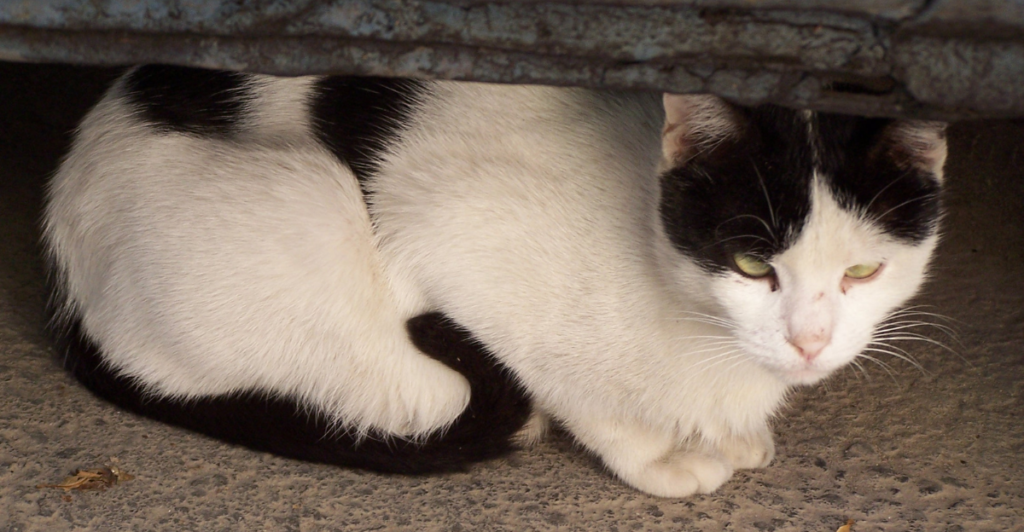
Stray cats have formed feral colonies in many cities, where they thrive by hunting rodents. These cats often find shelter in abandoned buildings and parks, showcasing their resilience in urban settings.
Pigeons
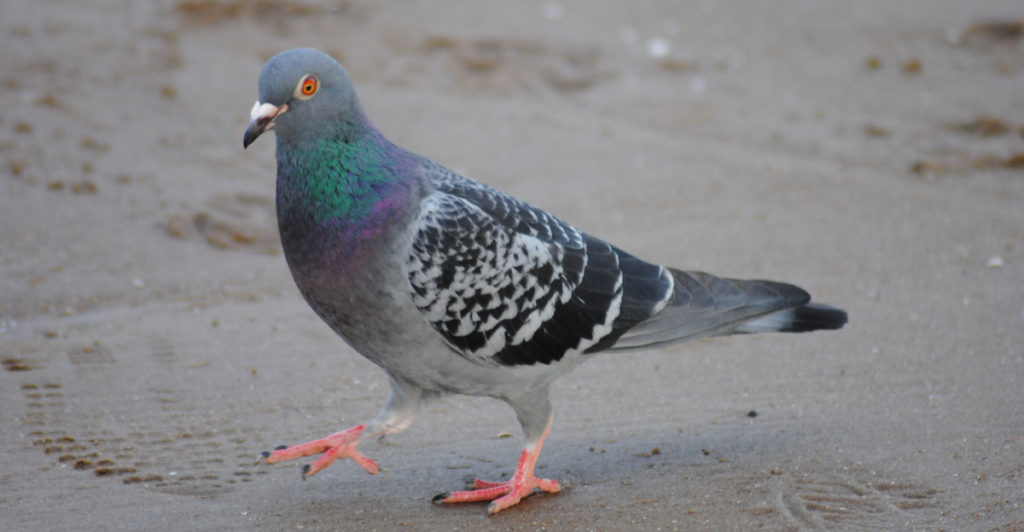
Pigeons are ubiquitous in cities, having adapted perfectly to urban life. They find food easily and often nest in buildings. Their presence is a testament to how wildlife can coexist with human populations.
Bats
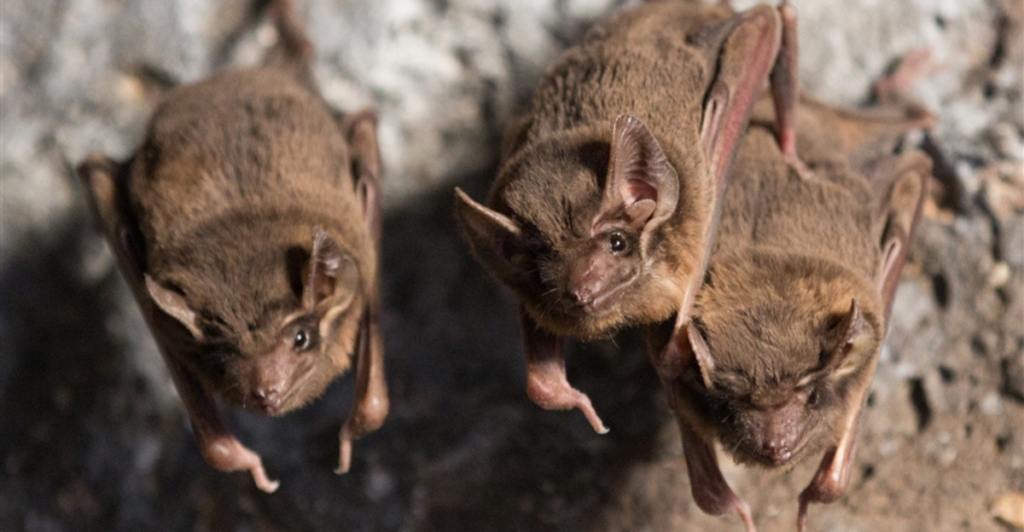
Bats are beneficial urban species that help control insect populations. Many cities provide roosting sites in buildings and bridges, allowing bats to thrive while keeping pest numbers down.
Snails and Slugs
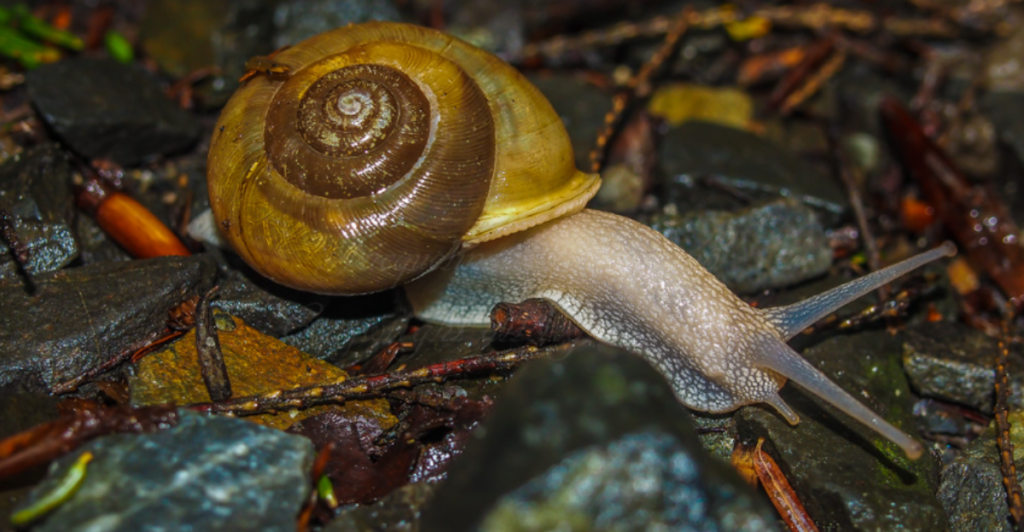
Interestingly, snails and slugs have been found more frequently in urban areas than natural ones. This may be due to the availability of water sources from landscaping efforts, allowing these creatures to flourish.
Mountain Lions
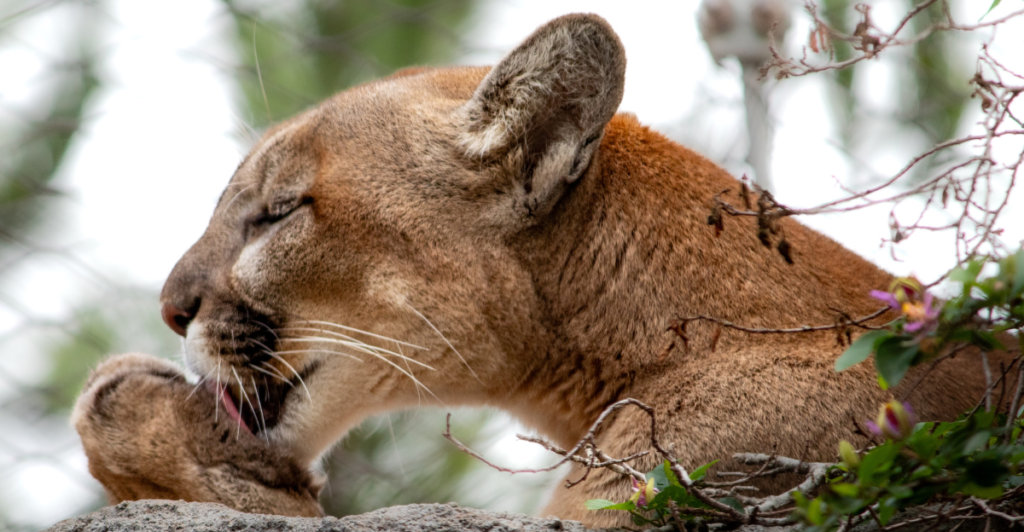
Mountain lions have been spotted in unexpected places like Los Angeles, where they roam suburban areas searching for food. Their adaptability highlights the surprising presence of large predators in urban landscapes.
European Starlings
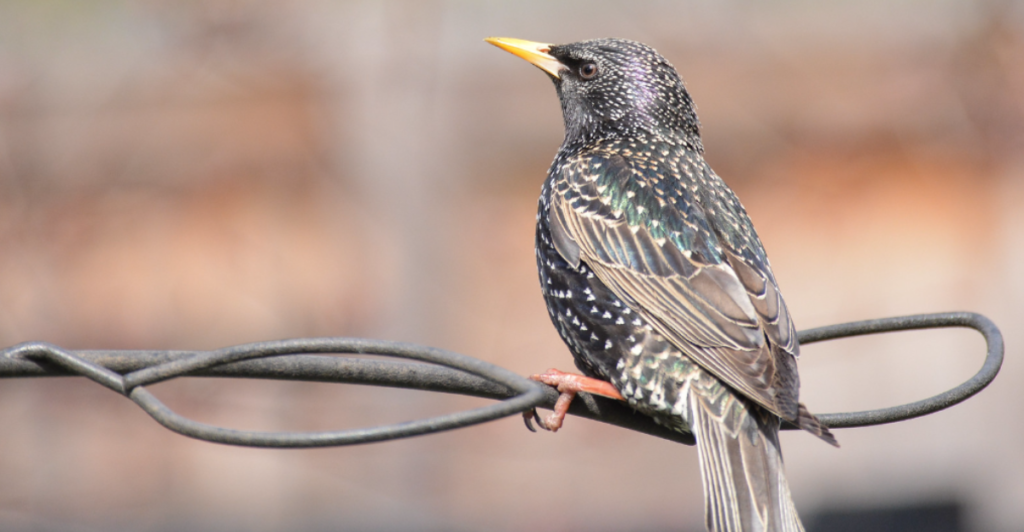
European starlings are often seen flocking in large numbers across cities like New York and San Francisco. They thrive on human food scraps and nest in buildings, showcasing their adaptability and social behavior.
Disclaimer: This article was researched and written with the assistance of an AI and edited/fact-checked by a human.
Discover more of our trending stories and follow us to keep them appearing in your feed

Deepest Hole On Earth Permanently Sealed After 2 Billion Year Old Discovery
Meet the Massive Crocodiles That Make Their Homes 40 Feet Underground
10 American Islands Where Rare Animals Thrive in Isolation
12 Bizarre Creatures That Thrive in the Ocean’s Depthsc
Stay connected with us for more stories like this! Follow us to get the latest updates or hit the Follow button at the top of this article, and let us know what you think by leaving your feedback below. We’d love to hear from you!







